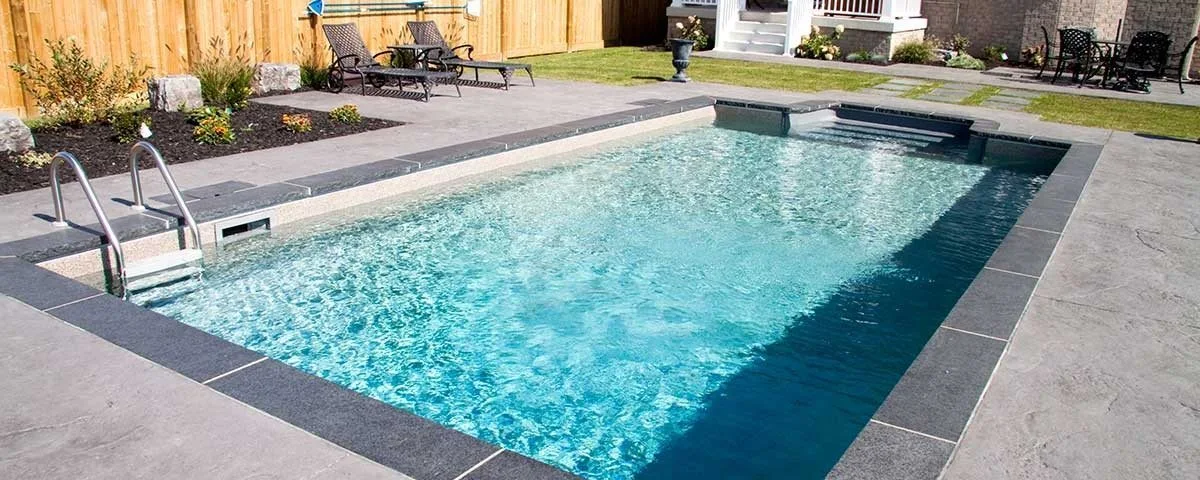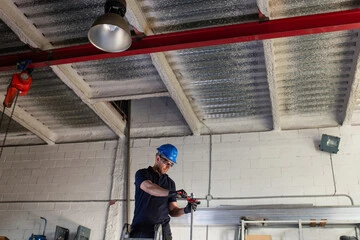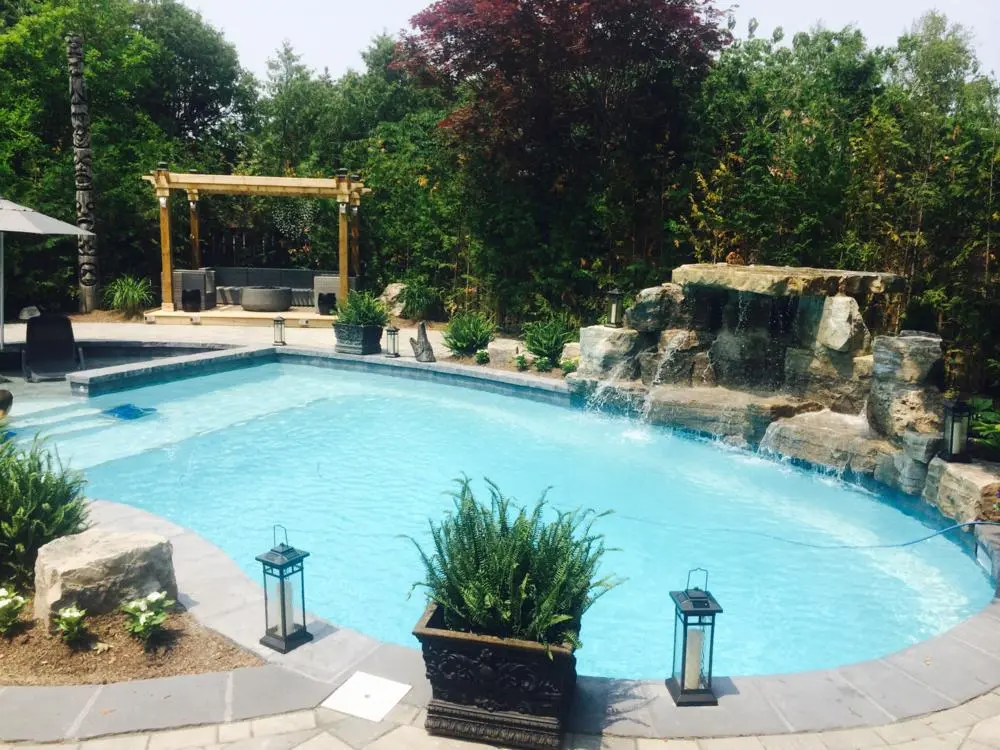A swimming pool requires major upkeep to keep the water clean and safe. Pool cleaners use specialized chemicals to balance the pH, prevent algae, and prevent scaling. However, if you want to hire experts, you can contact Pool Repair San Antonio.

Quick fixes include a waterproof tape similar to duct tape and liner patch kits that allow you to seal wall leaks without draining the pool. Clogged lines can often be cleared with a Drain King nozzle attached to your garden hose.
Your pool pump is a vital part of your filtration system. Without it, your water will not flow through the filtration system for proper cleaning. Unfortunately, there are times when your pool pump might fail and you might need to repair it. Luckily, there are some easy and simple things you can do to fix your swimming pool pump.
If your pool pump is humming but not working, then the problem is most likely due to air. The easiest way to check this is to turn off the power to the motor and try spinning the motor shaft manually. This will allow the impeller to move through the dirt and debris that are clogging it. It’s also possible that the skimmer weir is stuck in the up position, allowing air to get into the pump.
Other signs that your pump is failing include it overheating and shutting off after being powered on. This could be a sign of an overloaded circuit. You can also check the voltage and make sure that it’s correct. Additionally, you can check the motor vents to ensure that they’re not blocked. Finally, you can check the bearings on your pump. These are usually the first parts to go, and they can be replaced if necessary.
A screeching sound from your pool pump is a sign that the bearings are going bad. You can try replacing them yourself, but it’s usually a good idea to call a professional from Clean Living Pool and Spa.
To replace the bearings of your pool pump, first you must remove the pump from its housing. To do this, remove the bonding wire lug and unscrew the screws that hold the seal plate. Once the seal plate is removed, you can then remove the 6 to 8 (pump model-specific) bolts that secure the motor to the pump housing. Once the motor is detached from the housing, you can then unscrew the two screws that secure the end cap and remove it. After removing the endcap, you can then place your new seals on the shaft and housing and secure them with the 9/16″ bolts.
Lights
In recent years, pool lighting has come a long way. There are a wide variety of colors and effects to choose from, making it possible for anyone to create a unique look in the water. There are also energy-efficient LED lights that offer savings over the older halogen bulbs.
Regardless of the type of pool light you choose, it’s important to make sure that the lights are properly installed. The best way to do this is to have a licensed electrician wire the lights for you. They will add a circuit to the home or pool sub-panel and run power to a junction box where the light wires join with the pool light switch and other pool electrical. It’s crucial that you have an experienced professional perform this work to avoid any issues with electricity or water.
Most pool lights are connected to a light niche in the pool wall. If you want to change the bulb or do any other maintenance, the first step is to shut off the power at the breaker and switch. Then, you can open the junction box and see what the problem is without worrying about water and electricity mixing.
Another thing to consider is the voltage of the lights. Many states and municipalities require that pool lights be low-voltage 12V lamps, while others may allow 120V bulbs as well. Check the light’s label or wattage to determine which voltage it uses.
If you’re doing a full pool renovation, it’s also worth considering installing nicheless lights. These don’t need a niche to be built into the pool wall and offer more design flexibility than traditional lights. They’re also more durable, so you’ll likely find that they last longer than regular niche lights.
If your pool cover is damaged, you can buy a patch kit that contains LRB and TAV, a bonding agent and filler for fiberglass, concrete, or gunnite surfaces. The LRB and TAV mixture fills pores, pockholes, pinholes, and rough areas of the cover before you apply the patch. Patch kits are available in clear vinyl, blue vinyl, and laminated PVC for different types of repairs. When choosing a patch, look for ones that are BPA-free and safe for use in swimming pools.
Liner
The liners of your pool are the final layer between the water and the pool structure. When the liner is in good shape, it helps to ensure that the water stays clean and free of decaying germs and algae. If the liner is showing signs of wear, it’s time for a replacement. Before you can replace the liner, though, it’s important to clean your pool. This includes removing debris that could get stuck under the new liner. You should also scrub the walls and floor of your pool to remove any decaying matter, dirt, or algae that may have built up on the surface over time. Once the pool is clean, it’s time to drain the old liner. This can be done using a pool pump and a long length of garden hose. After the liner has been drained, it is important to empty out all of the remaining water that was left behind. This will help reduce the chances of the liner leaking in the future.
If you’re getting a brand new liner for your pool, it is important to choose the right size. To do this, you will need to take measurements of the inside of your pool wall and note the width and height of your pool. You will also need to know the thickness of your current liner and whether you have a J-hook or overlap pool.
For overlap pools, you will need to remove coping strips (think of them as plastic paper clips that are wide and run along the tops of your pool wall) before draping the new liner over them. When the liner is draped over the wall, you should leave a little bit of slack so that it will stretch slightly into place.
For a J-Hook or beaded pool, you will need to find the pre-existing track on your pool wall that the bead of the liner fits into. This is usually easy to see because it sits just below the top rail of the pool. If your liner pops out, you may need to lower the water level of your pool by a foot or more in order to push the bead back into its track.
Filters
A pool’s filtration system is responsible for keeping the water clean and safe to swim in. It’s important to keep it running smoothly. However, the filter can run into some problems. The good news is that many of them can be avoided or repaired if you know what to look for.
First, make sure that the filter is compatible with the pump. A filter won’t work without a powerful enough pump to push the water through it. The pump should also be able to handle the filter’s flow rate without damaging it.
Next, a filter needs to be cleaned regularly. This helps the filter remove the dirt and debris that are collected inside it. If you don’t do this regularly, the filter will become overloaded with contaminants, which can cause your pool to have cloudy water.
There are a few different types of filters to choose from. A sand filter has a tank filled with sand that traps debris as water passes through it. While the sand looks smooth to the naked eye, each grain has jagged, rough edges that can catch impurities. A sand filter is inexpensive and easy to maintain.
On the other hand, a cartridge filter has a plastic cylinder that is surrounded by pleated polyester filter media and capped on each end. As the water flows through, the pleats capture contaminants as small as 10 microns. It’s energy-efficient and requires a lot less maintenance. However, it does have a higher initial cost and a more involved cleaning process called backwashing.
A diatomaceous earth (D.E.) filter has the ability to remove particles as tiny as two to five microns. This is due to the porous nature of the powdered fossilized exoskeletons of algae, which can trap toxins and sediment. This type of filter is expensive and more difficult to maintain than the sand or cartridge type.
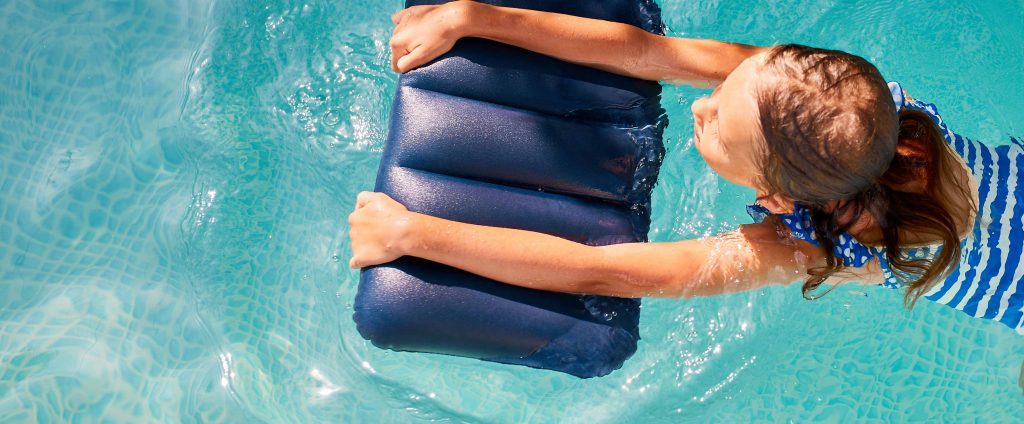
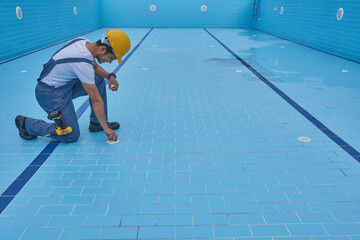
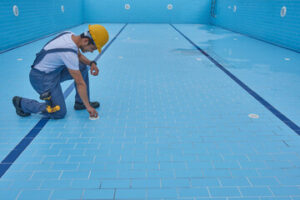 The design of a pool installation should be tailored to the size, shape, and site conditions. It should also comply with local and state safety regulations. The landscape surrounding the pool should blend well with the rest of the property. This includes blending the pool with the house and landscaping, and creating a transition from the house to the pool area. Read on
The design of a pool installation should be tailored to the size, shape, and site conditions. It should also comply with local and state safety regulations. The landscape surrounding the pool should blend well with the rest of the property. This includes blending the pool with the house and landscaping, and creating a transition from the house to the pool area. Read on 